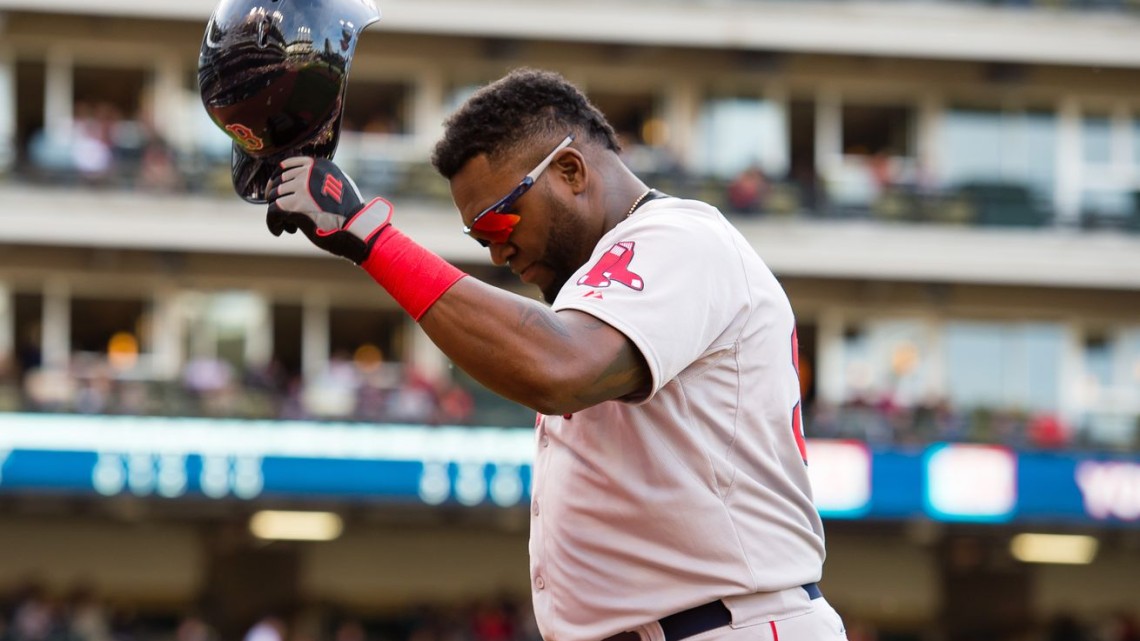Dodger Stadium is no longer located on Elysian Park Avenue. Thanks to a Los Angeles City Council vote, it now lives on Vin Scully Avenue, as the street has been renamed in honor of the longtime announcer who is as central to the team’s history as basically anyone who has ever put on their uniform. There are only so many streets to go around as far as stadiums are concerned, so this is quite the honor for Scully.
The Red Sox have a street named after a longtime, central figure as well. Except, unlike with the beloved Scully, their stadium is located on a road named after a man history should treat less fondly. Yawkey Way is the home of Fenway Park and the Red Sox, even though the man it’s named after has a well-documented history of racism that went so far as to see the Bruins integrate their roster before the Red Sox did.
We’ve covered Yawkey’s (and the Red Sox’) racist history in this space in the past — before you make any arguments against changing the name of the street, know that Bryan Joiner has already countered them. We also are far from the only ones who have: the Boston Globe wrote a feature in December of last year titled “It’s time to banish the racist legacy of Tom Yawkey”, and MassLive covered this a couple years back as well.
Yawkey wasn’t just a product of his time — he was a racist problem even for his time. The Red Sox were the last team to integrate in Major League Baseball — and the last team in Boston to integrate — despite numerous opportunities to do so, and it likely cost them chances to end the “curse” of Babe Ruth years before they did in 2004. For instance, imagine if the Red Sox had signed Willie Mays? They scouted him in 1949, and had an agreement all lined up that would have broken the color barrier until Yawkey blocked it:
“[Joe] Cronin sent another scout down to look at him, but [owner Tom] Yawkey and Cronin already had made up their minds they weren’t going to take any black players.”
Just take a minute to imagine what a Red Sox outfield with Ted Williams and Mays would have looked like. And it’s not like Mays is the only one. Jackie Robinson, who eventually did break the color barrier, got a “tryout” with the Sox, and that word isn’t in quotes here because it’s being cited from another article.
The only “curse” the Red Sox had in this time period was poor and racist management, with Yawkey at the head of it all, and yet, he’s celebrated because he didn’t relinquish the team he paid for back in 1933. Sticking around for a long time isn’t an accomplishment on its own, especially when you’re the one making the decision of whether you get to stay. Of course, “building a better baseball team” as the main focus here is missing the point, but it’s worth mentioning for an owner whose name lives on due to his relationship with this game
http://www.overthemonster.com/2016/2/1/10885892/red-sox-david-ortiz-yawkey-way
Worcester Herald lifestyle reporter follow me on TWITTER and GOOGLE+

